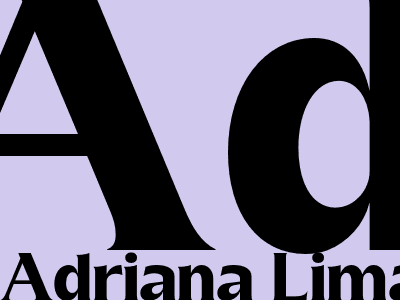
Important SEO-Friendly Blog Post Structure
A Guide for Creating Blogger.com Compliant Content
Essential Elements for a Comprehensive Blog Post
In the realm of digital marketing, crafting high-quality blog posts that adhere to SEO best practices is crucial for enhancing online visibility. For Blogger.com users, optimizing content is essential to ensure compliance with their policies and maximize the reach of their articles.
This guide delves into the key elements that contribute to an SEO-friendly blog post. By incorporating these elements, bloggers can create comprehensive and engaging content that not only attracts readers but also ranks well in search engine results.
Compelling Titles and Headings:
A captivating title is the gateway to your blog post. It should accurately reflect the content while intriguing readers to explore further. Use catchy phrases and keywords relevant to your topic to entice clicks.
Headings break up your content into digestible sections, making it easier for readers to skim and find specific information. Use H2 and H3 tags for subheadings, incorporating relevant keywords for SEO optimization.
Structured Content:
Blog posts should follow a logical structure to enhance readability. Start with an engaging introduction that captures the reader's attention and provides an overview of the topic.
Divide the main content into distinct paragraphs, each focusing on a specific aspect of the topic. Use bullet points, lists, and tables to present information in a clear and concise manner.
Keyword Optimization:
Identifying and incorporating relevant keywords throughout your content is crucial for SEO. Use keyword research tools to determine the search terms your target audience is using.
Include keywords strategically in your title, headings, and throughout the body of the text. Avoid keyword stuffing, as this can harm your search rankings.
Internal and External Linking:
Linking to relevant pages on your own website (internal linking) improves website navigation and helps search engines understand the structure of your content.
Linking to reputable external sources (external linking) adds credibility to your post and provides readers with additional information.
Metadata Optimization:
Meta tags provide search engines with essential information about your blog post. Optimize your meta title and meta description to accurately reflect the content and include relevant keywords.
Keep the meta title under 60 characters and the meta description under 160 characters to ensure they are displayed correctly in search results.
Image Optimization:
Break up text with relevant images to enhance visual appeal and improve user experience. Use descriptive alt text for images to make them accessible to all users.
Optimize image file sizes to reduce page loading times and ensure your website remains responsive.
Call-to-Action:
End your blog post with a clear call-to-action (CTA) that encourages readers to take the next step. This could be subscribing to your email list, visiting another page on your website, or sharing your content on social media.
Make your CTA concise, specific, and visually appealing to increase conversions.
Conclusion:
Crafting SEO-friendly blog posts is a combination of balancing technical optimization and creating compelling content that resonates with your audience. By following these guidelines, Blogger.com users can create articles that are both informative and ranking high in search results.